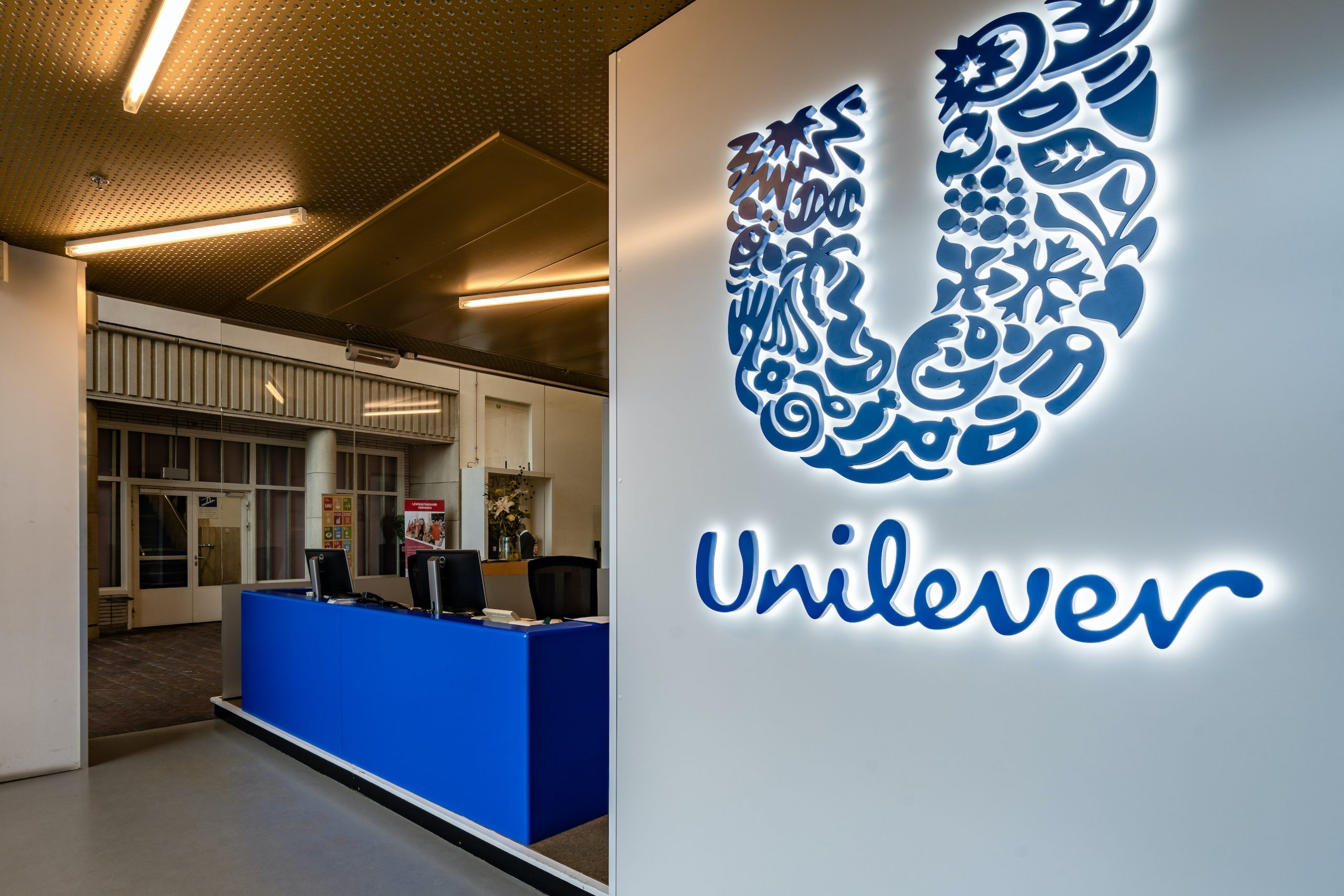Where Unilever’s product labeling initiative could have a huge impact
Jim Giles
Fri, 06/26/2020 – 01:00
One of the most significant projects in sustainable food in 2020 was unveiled last week. The news is important partly because of the company involved: CPG behemoth Unilever, which reaches 2.5 billion consumers every day through 400 brands, which range from Ben & Jerry’s to Hellmann’s and appear on shelves in 190 countries.
The other reason is that the plan is genuinely ambitious. The company is committing to net-zero emissions from all products by 2039, spending $1 billion on climate and nature projects over 10 years, and planning on labeling each of its products with information about the carbon emitted in the product’s creation.
This last point is particularly significant. Consumers, especially younger adults, consistently say that climate concerns influence their purchasing. Yet this influence is diluted because most people have little insight into the emissions linked to specific products. Clearly communicating emissions on every product could leverage those concerns in a scalable way, boosting sales of low-carbon products and punishing emissions-heavy options.
So will Unilever’s labeling decision change the way people shop? We can’t say for sure, because most consumers have never seen a carbon label. But there’s evidence for optimism.
Clearly communicating emissions on every product could leverage those concerns in a scalable way, boosting sales of low-carbon products and punishing emissions-heavy options.
There’s data on the impact of other kinds of labels, for instance. Over the past five years, several countries, including Chile, Mexico and Israel, have attached health warnings to sodas and other sugary beverages. A meta-analysis of 23 studies of these initiatives, released last month, showed the labels work: Consumers who see them are less likely to purchase high-sugar drinks.
When carbon labels have been deployed, usually in small experiments, they also seem to work. Researchers at Chalmers Technological University in Sweden, for example, looked at the impact of emissions information on meal choices at their institution’s cafeteria. Sales of high-carbon meat dishes fell by almost 5 percent — a modest drop, but significant for an initial experiment based on a simple intervention.
A final reason for optimism is that while Unilever is by far the biggest food company to roll out carbon labels, it is not alone. Oatly and Quorn recently announced plans to start displaying carbon footprint data on products. Twelve food and beverage brands also have earned the new Climate Neutral certification and began displaying the associated label.
Put all that together, and it looks like Unilever’s move could trigger structural change. But before I get carried away, let’s look at two factors that could undermine its impact.
First up is the label itself. In an email, Rebecca Marmot, Unilever’s CSO, told me that her company is focusing on collecting footprint data and will turn to the labels once that’s in place. How Unilever eventually communicates carbon levels will be critical. How big will the label be? Where will it appear? Will consumers be able to make sense of it? It won’t be an easy challenge. Space on food packaging is extremely tight, and consumers are already exposed to multiple labels relating to sustainability. (457, by one count).
The second issue is cost. Of those 457 labels, organic is probably the most well known. Demand for organic food has shown double-digit growth in many recent years, yet it still accounts for around only 5 percent of U.S. food sales and less than 1 percent of planted acreage. Cost is critical here: Surveys show that organic food has a 7.5 percent premium, with some goods, including milk, eggs and bread, costing close to twice as much.
This is a reminder that for many consumers, cost trumps environmental concerns. In a way, though, that’s what makes the Unilever announcement so exciting. We’re talking here about the company behind Knorr, Lipton and Magnum. These are not niche brands targeted at affluent, sustainability-minded consumers willing to pay more. By introducing carbon labeling into everyday products found in the biggest chains and the smallest corner stores, Unilever is testing whether environmental concerns resonate with a much, much larger segment of consumers.
This article was adapted from the GreenBiz Food Weekly newsletter. Sign up here to receive your own free subscription.
Food & Agriculture




